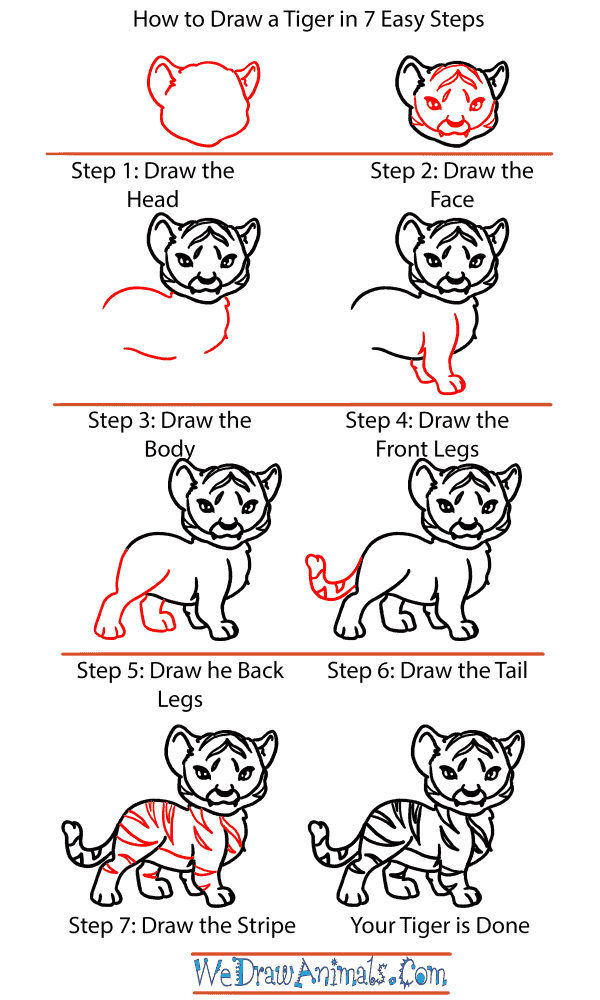How to draw a cube
Table of Contents
Table of Contents
If you want to learn how to draw a cube, you’ve come to the right place! Drawing a cube can be difficult for beginners, but with the right techniques and practice, you can master this fundamental shape in no time. In this article, we’ll provide you with step-by-step instructions and tips to help you draw a realistic and three-dimensional cube.
Pain points of Drawing a Cube
One of the biggest pain points when it comes to drawing a cube is making it look three-dimensional. Many beginners struggle to give their cubes depth and make them look like they’re popping out of the page. Another common pain point is drawing the angles and lines accurately, especially if you’re using perspective to create a more realistic cube.
How to Draw a Cube: Step-by-Step Instructions
Before we begin, it’s important to note that you’ll need a few essential tools to draw a cube: a pencil, eraser, ruler, and paper. Once you have those, follow these steps:
- Draw the outline of the cube by drawing three squares connected by lines at a right angle.
- Divide the squares into six equal sections by drawing two horizontal and two vertical lines inside the squares.
- Connect the lines to create the sides of the cube.
- Erase any unnecessary lines, such as the parts where the squares overlap.
- Shade the cube to make it look three-dimensional.
Main Points related to How to Draw a Cube
In summary, drawing a cube can be challenging, but it’s an essential skill for any artist. By following the steps above and practicing regularly, you can learn how to draw a realistic and three-dimensional cube. Remember to use a ruler to create straight lines, and to shade the cube to make it look more dynamic and lifelike.
How to Draw a Cube: Tips for Beginners
When I first started drawing cubes, I struggled to make them look three-dimensional. However, after experimenting with shading techniques and perspective, I was able to create more realistic and dynamic cubes. One tip that helped me was to use a reference image or real-life object to model my cube after. This helped me understand the angles and lines better, and made it easier to create a realistic cube.
 Using Perspective to Draw a Cube
Using Perspective to Draw a Cube
Another technique that can be helpful when drawing a cube is using perspective. This involves drawing the cube as if you were looking at it from a different angle, such as above or below. To use perspective, you’ll need to draw lines that converge at a vanishing point, which will help you create a more realistic and three-dimensional cube.
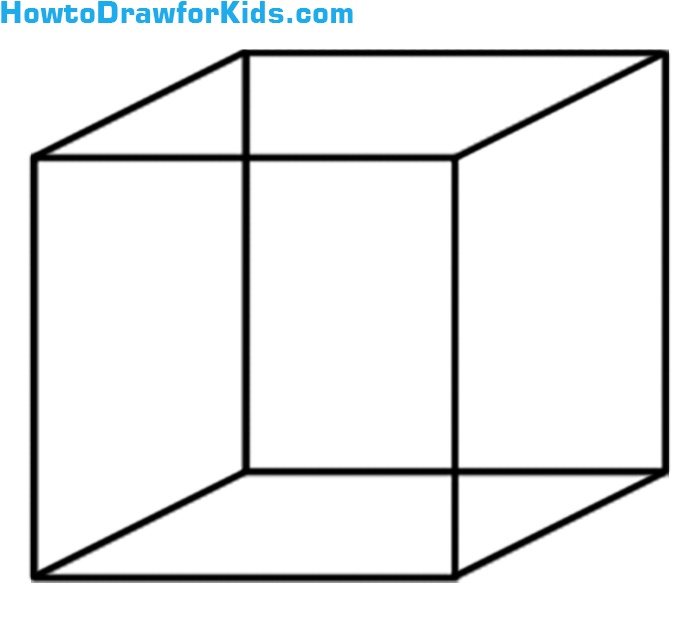 ### The Importance of Shading
### The Importance of Shading
Shading is an essential part of drawing a realistic cube. It helps create the illusion of light and shadow and makes the cube look three-dimensional. When shading, it’s important to consider the direction of the light source and to use different grades of pencil to create contrast and depth.
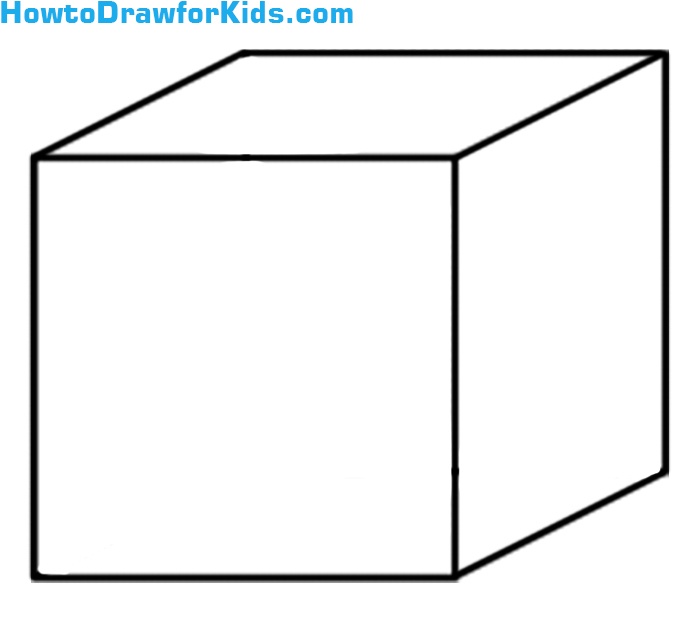 #### Practicing with Variations of the Cube
#### Practicing with Variations of the Cube
Once you’ve mastered the basics of drawing a cube, you can start experimenting with variations of the shape. This can include drawing cubes with rounded edges, cubes with different sizes and positions, and cubes with different angles and perspectives. By practicing with variations of the cube, you’ll develop your skills and become more confident in your abilities.
 Question and Answer
Question and Answer
Q: What is the best type of paper to use when drawing a cube?
A: It’s best to use a smooth surface paper, such as Bristol board, when drawing a cube. This allows for cleaner lines and makes it easier to erase any mistakes.
Q: Is it necessary to use a ruler when drawing a cube?
A: Yes, using a ruler is important when drawing a cube because it helps create straight lines and accurate angles, which are essential for making the cube look realistic.
Q: How can I make my cube look more three-dimensional?
A: You can make your cube look more three-dimensional by shading it. Use a light source to determine where the light falls on the cube and shade accordingly. This will create the illusion of depth and make the cube look more lifelike.
Q: What is perspective, and how can I use it when drawing a cube?
A: Perspective is a technique used to make objects look three-dimensional on a two-dimensional surface. To use perspective when drawing a cube, draw lines that converge at a vanishing point, which will help create a sense of depth and realism.
Conclusion of How to Draw a Cube
Learning how to draw a cube is an essential skill for any artist, no matter their level of expertise. By following the steps outlined above and practicing regularly, you can learn how to create a realistic and three-dimensional cube. Remember to use a ruler, shading, and perspective techniques to make your cube look more lifelike and dynamic.
Gallery
How To Draw A Cube For Kids | HowtoDrawforKids.com
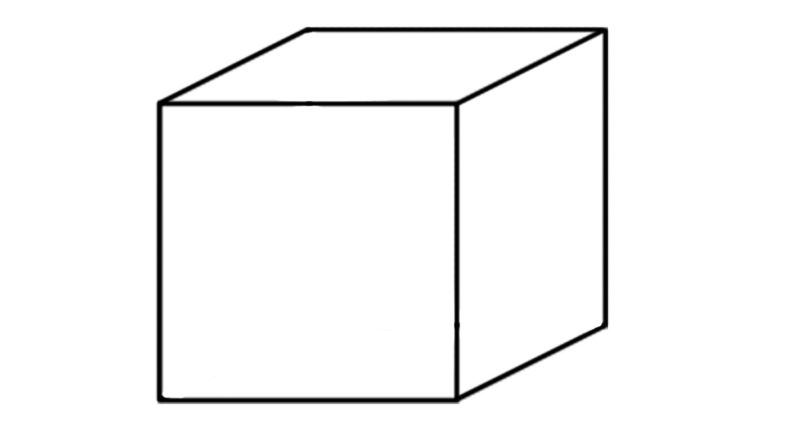
Photo Credit by: bing.com / cube draw drawing howtodrawforkids kids tutorials comment
How To Draw A Cube For Kids - Easy Drawing Tutorial

Photo Credit by: bing.com / cube draw drawing howtodrawforkids kids dear hello artists welcome young guide tutorials
How To Draw A Cube
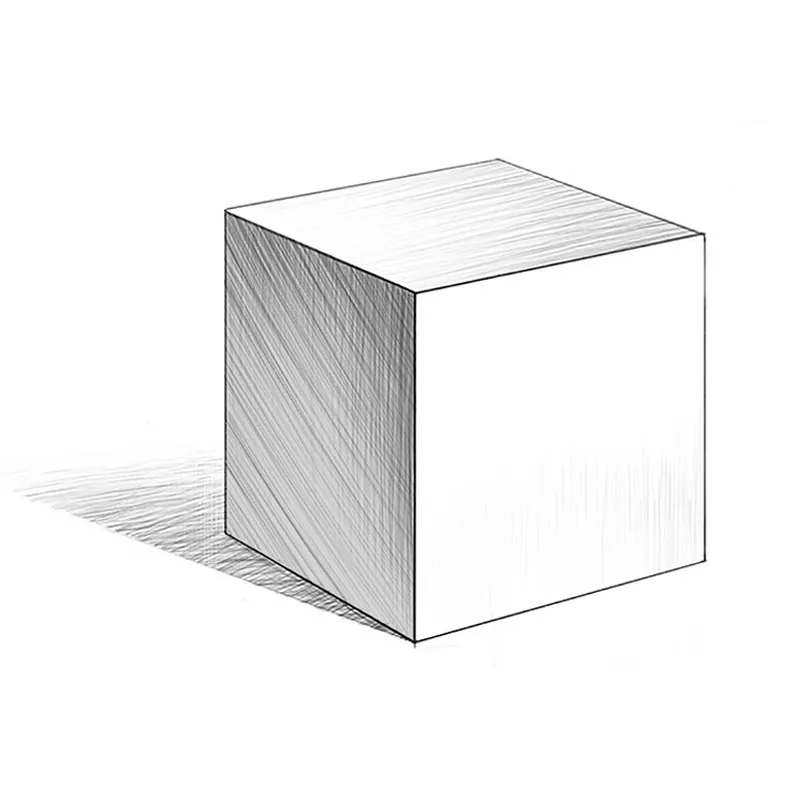
Photo Credit by: bing.com / drawingforall
How To Draw A Cube - YouTube

Photo Credit by: bing.com / cube draw
How To Draw A Cube For Kids | How To Draw For Kids

Photo Credit by: bing.com / cube draw drawing 3d tesseract easy step 2d kids exactly observe ready representation





